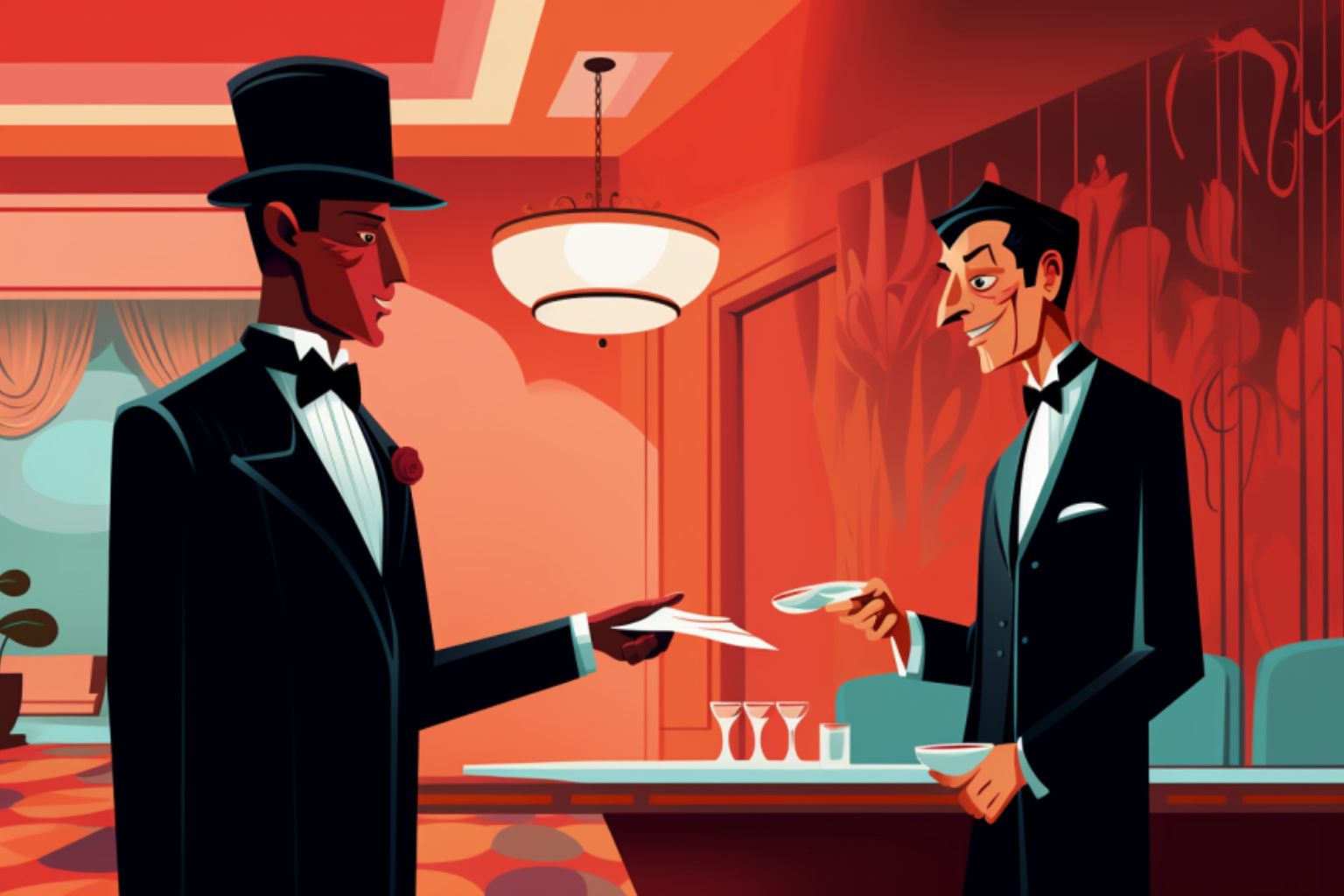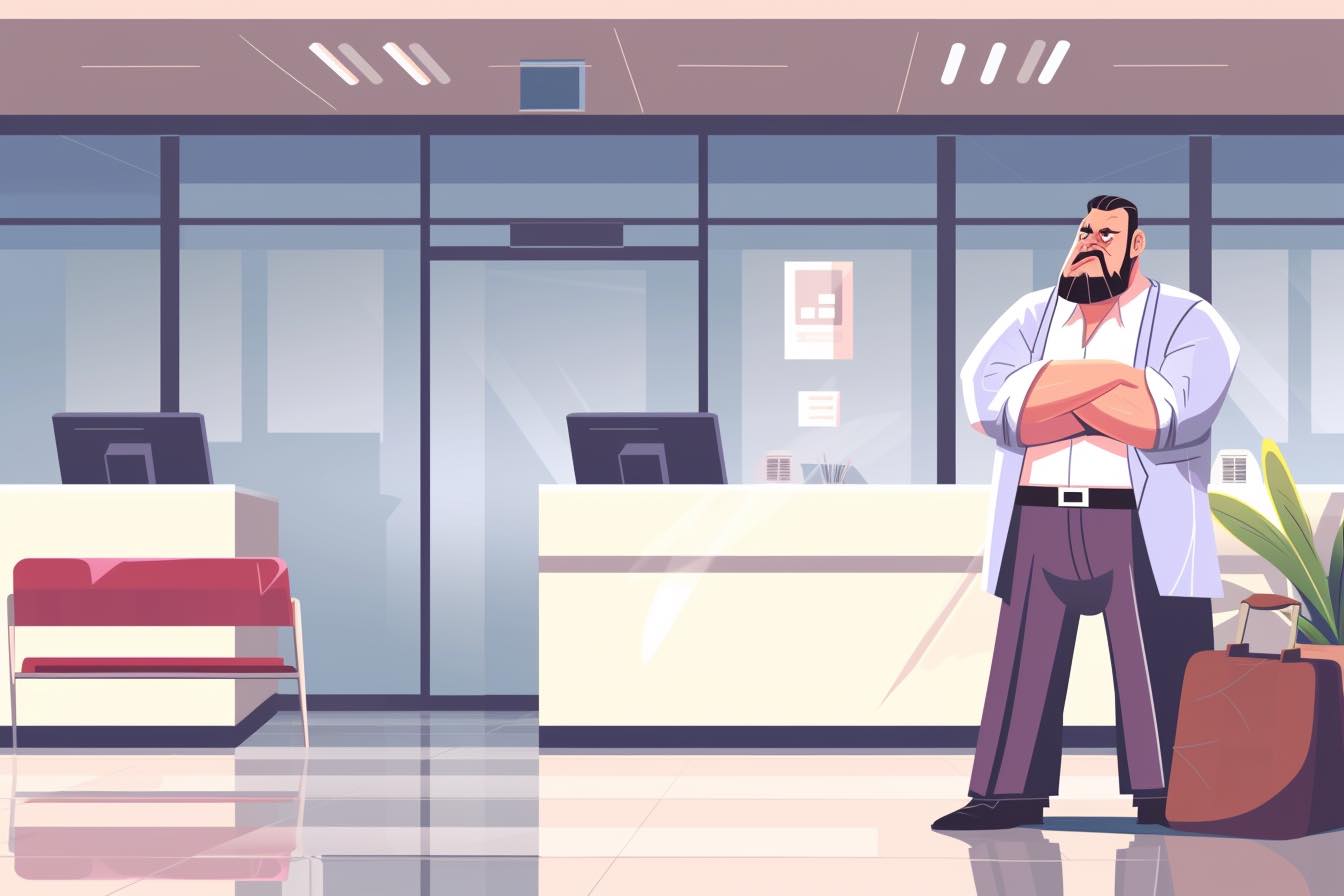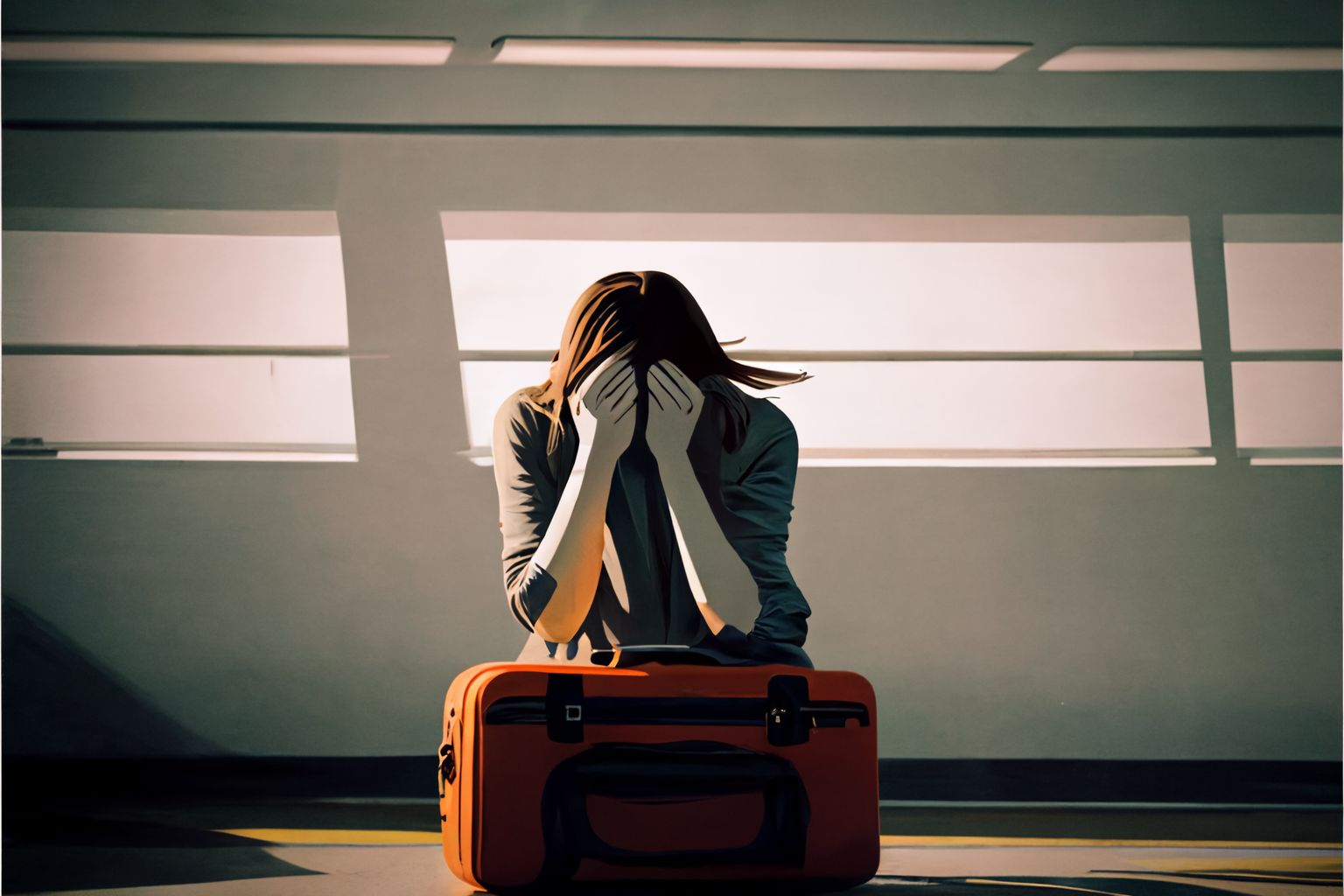When it comes to tipping, beware of the words: “for your convenience.”
If you see them on your final bill, you might want to take a closer look. While you’re at it, whip out your calculator to run your own numbers.
Take room service, for example. Daniel Weisleder, a consultant based in Houston, stays at many reputable hotels, and he’s noticed that his bills have begun to look the same.
“They innocently leave the ‘tip’ line open, hoping that you won’t notice the already included 18 percent gratuity, plus the additional $3 to $4 room service fee or tray charge.
As a result, absent-minded guests will often add a tip on top of the tip, effectively tipping 40 percent or more.
Tricky, huh?
“I find that asking for extra tip, as if these charges didn’t exist, is unethical and deceiving,” he says.
So do I.
But hotels aren’t alone. Restaurants are adding tips to their final bills, too. Mark Weisberg, an engineer, had dinner at a Greek restaurant in Houston recently.
How restaurants can mislead diners
“When the time arrived to present and pay the bill I reached for my wallet to extract my credit card,” he says. “The waiter removed a small device from his belt designed to scan the credit card. It authorized use for payment through a touch screen and print a small receipt at my table. It was very impressive.”
Not so impressive was that it added — for his “convenience “– on-screen prompts for gratuities at 15 percent, 18 percent and 20 percent.
“These percentages are not unusual — except that the initial bill calculated lower numbers for the same percentages — based on the pre-tax food and drink balance instead of the displayed post-tax gratuity percentages,” he told me. “The difference is only a penny or two higher per dollar spent. It is the principle of misrepresenting the source of these numbers.”
Over time, a penny or two could really add up to a business that does a lot of transactions. But maybe more troubling, a system like this could easily be manipulated to pull the old room service trick.
Rethinking tipping
Disclosure: I’m a terrible tipper. (And when I say I’m a terrible tipper, I mean that I struggle to accurately add 20 percent to my bill between the time the check is delivered and I’m asked to pay.)
What’s more, I think the stress of having to add a tip should be unnecessary. I believe prices should include everything, whether you’re ordering lunch, a drink at the bar or taking a guided excursion. A tip should be for good service, not something that is expected or required. And no business should ever try to fool customers into paying more than they think they are, when it comes to a gratuity.
Travelers aren’t the only victims. Service employees, who agree to substandard wages in exchange for the possibility of a tip (what choice do they have?) are also affected by the tipping scam. I blame business owners, who are trying to keep their costs down, for perpetuating this problem. And now, for making it worse by trying to bilk even more out of their customers.
How do you avoid tipping trouble?
Watch for words like “for your convenience” which usually means they’ve done some funny math. Here’s an example from Weisleder, who nearly forked over a 60 percent tip on a recent room service bill at a Hilton hotel. Let’s look at the numbers.
Club Sandwich: $13.99
Diet Coke: $ 2.99
Subtototal: $16.98
18% included tip: $3.06
Room-Service charge: $3.50
Your bill: $23.54Premium you’re already paying for your food (without taxes): 39%
Additional tip you leave: $3.53
Total premium paid: $10.09 (that’s 59% on top of the price advertised on the menu.)
Another tip (sorry, couldn’t resist) is to run the numbers yourself. I always flip over to the WorldMate app on my iPhone, which offers a pretty decent tip calculator, and do my own math. It takes a few extra seconds, but it ensures you’re not allowing yourself to be ripped off. (Here’s my ultimate guide to travel food.)
The best solution is for hotels and restaurants to charge “all in” prices for their products. But that’s unlikely to happen anytime soon.




